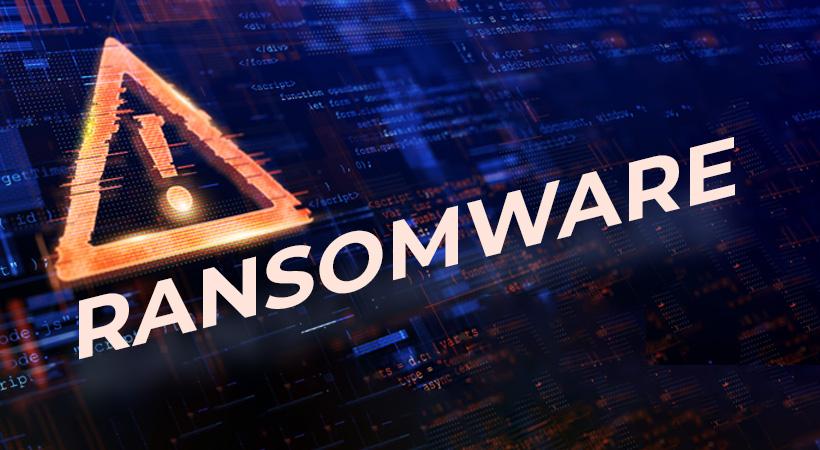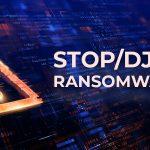In the ever-evolving landscape of cyber threats, BackMydata has emerged as a formidable ransomware strain from the notorious Phobos family. This malicious program employs a ruthless tactic, encrypting crucial user data and holding it hostage until a ransom is paid. In this article, we delve into the actions and consequences of the BackMydata ransomware, shedding light on its encryption process, the potential aftermath of an attack, and providing a comprehensive removal guide to help victims reclaim their files.
Actions of BackMydata Ransomware
Upon infecting a computer, BackMydata initiates an encryption process, rendering the targeted files inaccessible to the user. The encryption is typically carried out silently, with minimal observable symptoms. However, users may notice an increase in system resource usage, particularly on less powerful computers, leading to a potential system slowdown.
BackMydata utilizes a distinctive file extension (.BackMydata) to mark the encrypted files, making them unrecognizable to normal programs. The ransomware generates a decryption key on the hackers’ server, and victims are informed about the situation through a ransom note displayed on their desktop.
Consequences of BackMydata Attack
The consequences of falling victim to BackMydata ransomware are severe. The ransom note issued by the attackers highlights the gravity of the situation, emphasizing the potential misuse of stolen confidential information if the ransom is not paid. Consequences include:
- Unauthorized use of personal information for loans or online purchases.
- Legal repercussions, as clients may sue the affected company for leaking confidential information.
- Increased vulnerability to social engineering attacks on the company.
- Creation of fraudulent bank accounts and online wallets using stolen bank details and passports.
- Irreparable damage to the company’s reputation.
- Potential for significant fines from government authorities.
The ransom note also attempts to coerce victims into paying the ransom quickly, offering a reduced price if negotiations are initiated within the first six hours.
Detection Names and Similar Threats
Detection names for BackMydata ransomware may vary across cybersecurity solutions, but it is commonly identified as a member of the Phobos ransomware family. Similar threats that share characteristics with BackMydata include Dharma, Crysis, and GlobeImposter.
Removal Guide for BackMydata Ransomware
Removing BackMydata from an infected system is crucial to regain control over encrypted files. Follow these steps carefully:
- Isolate the Infected System: Disconnect the infected computer from the network to prevent the ransomware from spreading to other devices.
- Identify and Terminate Malicious Processes: Use the Task Manager to identify and terminate any suspicious processes associated with BackMydata.
- Remove Registry Entries: Delete any registry entries created by the ransomware. Exercise caution, as modifying the registry can impact system stability.
- Delete Malicious Files: Locate and delete all files associated with BackMydata, including the encrypted files and the ransom note.
- Restore Files from Backup: If available, restore files from a clean backup. Ensure the backup is free from the ransomware before restoring.
Preventive Measures
Preventing future infections is crucial in the fight against ransomware. Adopt the following best practices:
- Regular Backups: Regularly backup important files to an external device or cloud storage to facilitate recovery in case of an attack.
- Employee Training: Educate employees on recognizing phishing emails and suspicious links to reduce the risk of initial infection.
- Software Updates: Keep operating systems and security software up to date to patch vulnerabilities that ransomware may exploit.
- Network Security: Implement robust network security measures, including firewalls and intrusion detection systems.
- Endpoint Protection: Install reputable antivirus and anti-malware solutions on all devices to detect and block ransomware threats.
Conclusion
BackMydata ransomware poses a serious threat to individuals and organizations alike, exploiting vulnerabilities to encrypt vital data for extortion. Understanding its actions, consequences, and implementing a thorough removal guide is crucial for mitigating the impact of an attack. By adopting preventive measures, users can fortify their defenses against such malicious threats and safeguard their digital assets.





